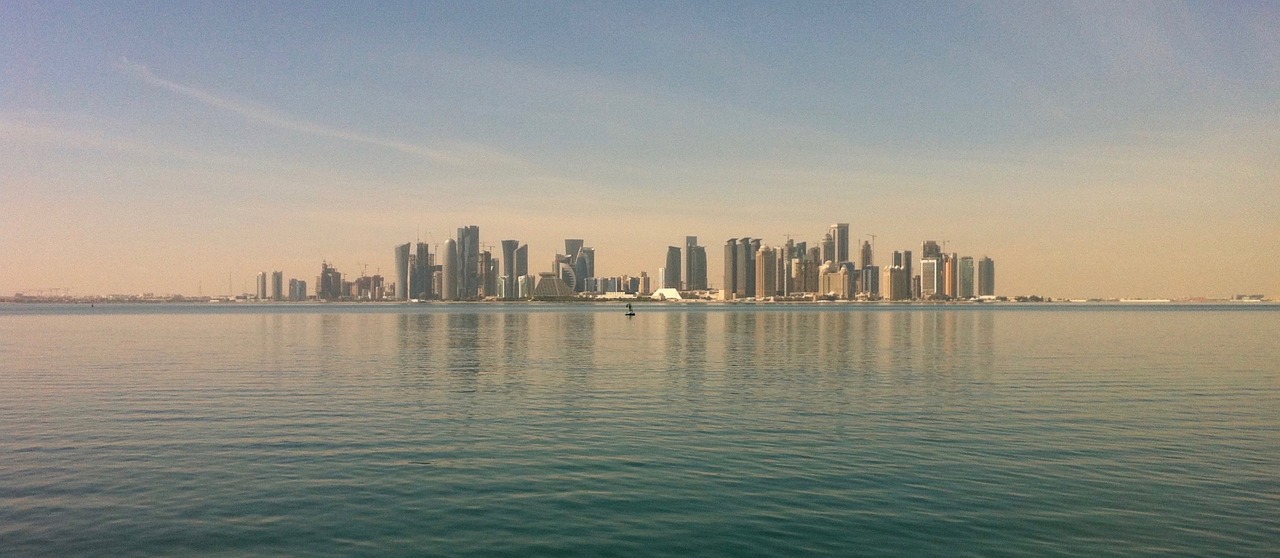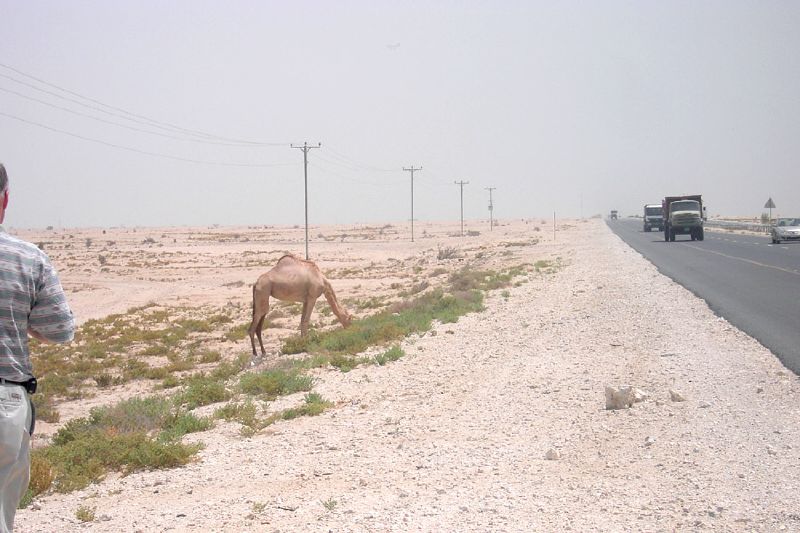Qatar has been busy implementing widespread infrastructure projects across a variety of sectors. As the designated host country for the 2020 FIFA World Cup, the nation is building a number of new stadiums as well as local roads and expressways. One of the most important of these projects is the Qatar Expressway Project. At a seminar in March 2018, the nation’s Public Works Authority (Ashghal) announced plans for significant upgrades to Qatar’s roads and infrastructure with an investment of nearly $22 billion, half of which will go towards further improvements and advances to the Qatar Expressway Project.
Qatar Expressway Project Details
In 2011, Ashghal contracted KBR to serve as the management consultant for the construction of the Qatar Expressway Project. The ambitious project called for the creation and renovation of more than 900 kilometers of roads and 348 underpasses and bridges. KBR is primarily responsible for overseeing construction on the new Orbital Highway and Truck Route, the backbone of the country’s expanding road network, which will help reduce traffic congestion in its capital of Doha. Most of the 190-kilometer route runs through the middle of the desert, away from major city centers.
Construction on the new Orbital Highway and Truck Route was divided into four sub-projects, with the first connecting New Doha Port to Orbital Highway and subsequent projects connecting Salwa Road to North Relief Road, Orbital Highway Mesaieed to Salwa Road, and Dukhan Highway to Al Khor Link Road. The highway includes four to five lanes in each direction, with designated lanes for heavy goods vehicles and a passageway for individuals traveling with camels. A total of 51,000 workers have contributed to the project.
Completion of Lusail Expressway Marks Major Milestone
In December 2017, Ashghal celebrated a major milestone relating to the Qatar Expressway Project as it officially opened the Lusail Expressway, a 5.3 kilometer, four-lane highway that has significantly cut travel time between Lusail City to the Hamad International Airport, The Pearl-Qatar, and Katara. Government officials celebrated the opening of the expressway by attending a launch event, which also included the screening of a documentary that detailed the project’s timeline and various engineering challenges faced during construction.
In addition to opening the highway, Ashghal unveiled the impressive arches of Interchange 5/6 which, according to the authority, is the biggest and tallest monument in the country, with dimensions of 100 meters by 147 meters. According to Ashghal, the 9,300-ton structure “reflects a unique combination of modernity and heritage, and stands tall in a place where the present of Doha meets its future…” This was further emphasized during the launch event as the words “Promise of Prosperity and Glory” emanated from the arches as highlighted by colors of the Qatari flag that shone into the night sky.
Early Impressions
In February 2018, Ashghal began a campaign to educate drivers on the recently completed road networks outside the country’s capital and announced plans to increase the presence and efficiency of directional signs. The Gulf Times spoke to several citizens who use the new roads, and all relayed positive comments regarding improved access to central locations and a decrease in traffic congestion.
“I found that the new layout helped save time significantly,” said Sheikh Abdul Rahman bin Jassim al-Thani. “There is a great improvement in all the safety features on the road … I have also got a positive response regarding the new layout from managers of my camps in Al Wukair. Because it has saved the time of the labourers to reach their camps safely as well.” With several major portions of the project completed, Ashghal expects to implement 17 new road projects in 2018.
Accommodations for Cyclists
In addition to making it easier to travel by car, Qatar has been working on improving accessibility for cyclists and pedestrians. As of the end of 2017, Ashghal, in keeping with its plan to present alternative transportation options inside and outside of the capital city, had facilitated the construction of 258 kilometers of pedestrian and cycle paths along highways and other main roads. Ashghal hopes to extend those paths to cover 540 kilometers by 2022. Besides creating paths along its major highways, Qatar constructed a total of 133 kilometers of shared cycle and pedestrian paths in local areas such as Bani Hajer, Al Sailiya, and the Qatar National Museum.


